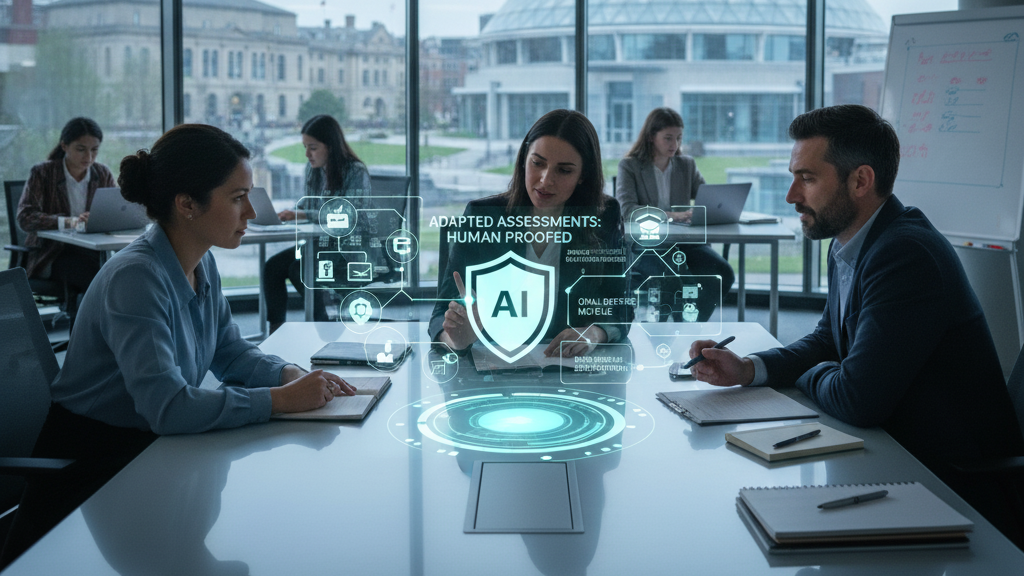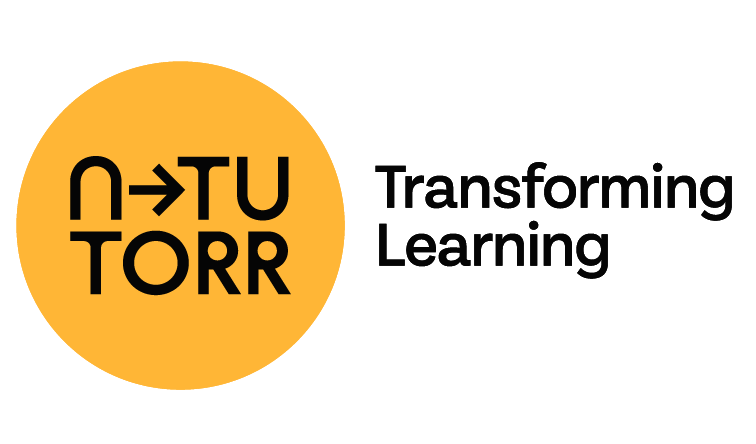
Source
Tes
Summary
An international school led by a history teacher rethinks assessment to preserve cognitive engagement in the age of AI. They’ve moved most research and drafting of A-level coursework into lessons (reducing home drafting), track each student’s writing path via Google Docs, require handwritten work at various key stages to discourage copy/paste, and engage students in dialogue about the pitfalls (“hallucinations”) of AI content. The strategy aims not just to prevent cheating, but to reinforce critical thinking, reduce procrastination, and make students more accountable for their own ideas.
Key Points
- Coursework work (research + drafting) must be done partly in class, enabling oversight and reducing offsite AI use.
- Monitoring via Google Docs helps detect inconsistencies in tone or sophistication that suggest AI assistance.
- Handwritten assignments are reintroduced to reduce reliance on AI and minimise temptations to copy-paste.
- Students are taught about AI’s unreliability (e.g. “hallucinations”) using historical examples of absurd errors (e.g. mixing battles, animals in wrong eras).
- The reforms have modest benefits: less procrastination, more transparency, though challenges remain when students determined to cheat try to circumvent controls.
Keywords
URL
Summary generated by ChatGPT 5

